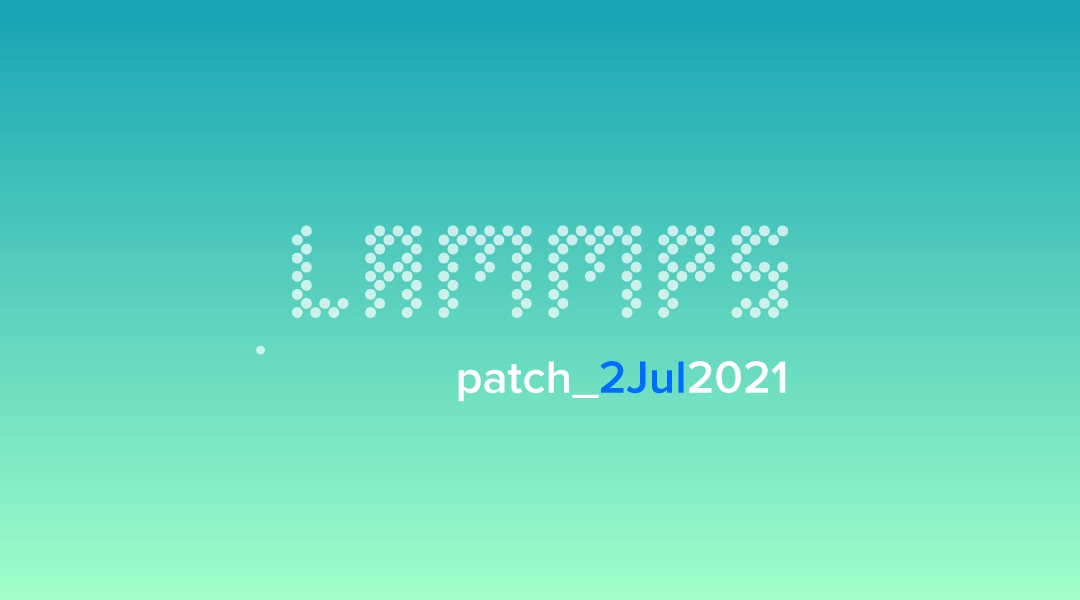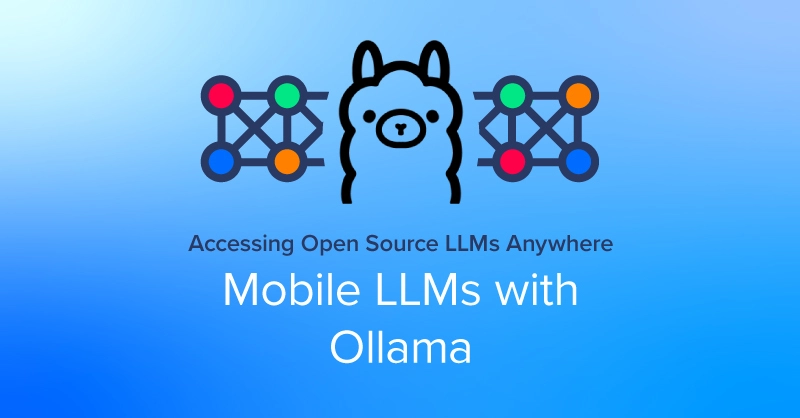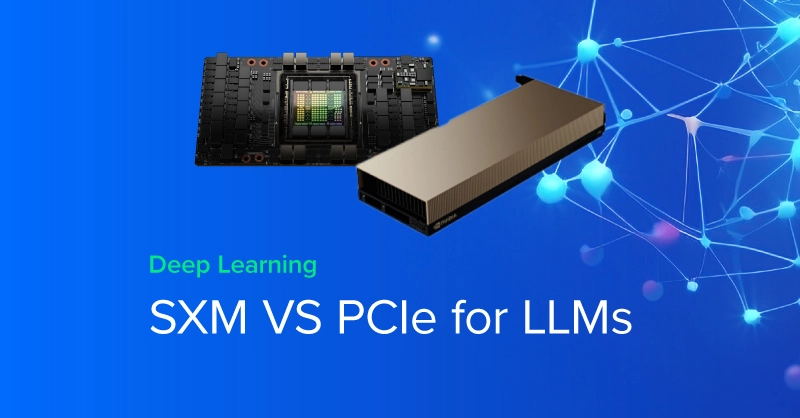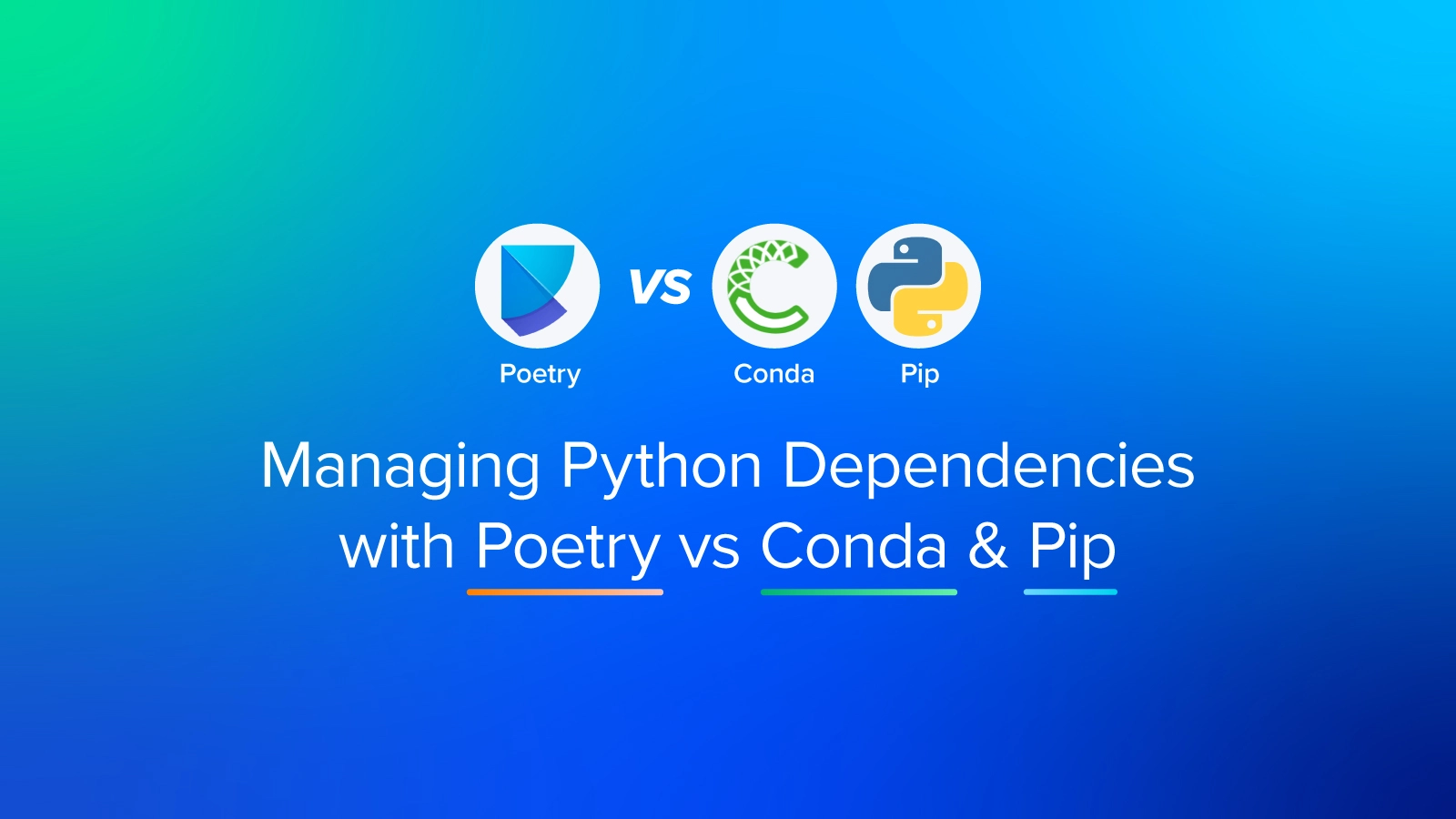
LAMMPS Patch Release Overview
What is LAMMPS used for?
LAMMPS is a classical molecular dynamics (MD) code that models ensembles of particles in a liquid, solid, or gaseous state. It can model atomic, polymeric, biological, solid-state (metals, ceramics, oxides), granular, coarse-grained, or macroscopic systems using a variety of interatomic potentials (force fields) and boundary conditions. It can model 2D or 3D systems with only a few particles up to millions or billions.
LAMMPS can run on single processor laptops or desktops, but is designed for parallel computers using message-passing techniques and a spatial-decomposition of the simulation domain. This includes shared-memory boxes and distributed-memory clusters and supercomputers. Many of its models have versions that provide accelerated performance on CPUs, GPUs, and Intel Xeon Phis. The code is designed to be easy to modify or extend with new functionality.
Interested in getting faster results?
Learn more about LAMMPS Certified GPU Workstations and Servers starting at $4,300
Changes since the 27 May 2021 patch release:
- New package USER-DIELECTRIC with boundary element solvers for computing induced charges at interfaces (Trung Nguyen and Monica Olvera del la Cruz, Northwestern) PR #2793
- New SO3 descriptor for the MLIAP package (Byungkyun Kang and Qiang Zhu, UNLV) PR #2796
- New fabric tensor compute (Joel Clemmer, SNL and Ishan Srivastava, LBL) PR #2795
- Variable pH support and bugfixes for Ewald self-energy in fix charge/regulation (Tine Curk, Northwestern) PR #2802
- Correctly handle KOKKOS package initialization with the library interface and the fact that the Kokkos library may only be initialized once (Stan Moore, SNL) PR #2470
- GPU package fixes for compilation with the ROCm/HIP backend (Richard Berger, Temple U) PR #2789
- Updates to Python package and examples (Richard Berger, Temple U) PR #2787
- Various small bug fixes, coding style, build system, documentation and formatting updates (multiple authors) PR #2786, PR #2790, PR #2798, #2803, #2810, #2813, #2817
Backward compatibility notes:
- The LAMMPS home page has been moved to https://www.lammps.org
- To reflect changes in the development process and the overall code quality we no longer differentiate between "standard" and "user packages. Thus many packages have been renamed. There are no more "user" packages included in LAMMPS except for USER-MISC. Also some packages have been renamed to better represent their content and also to group similar ones (e.g. machine learning or coarse grain or DPD packages). Some more reorganization of individual style files will follow in the next patch release.
- There is a new package (DPD-BASIC) and several dpd pair styles have been moved there from USER-MISC or the src folder.
- The "minimal.cmake" preset has been renamed to "basic.cmake" to match the corresponding "yes/no-basic" target in the conventional build and to avoid conflicts.
This release has 2 assets:
- Source code (zip)
- Source code (tar.gz)
Visit the release page to download them.
About LAMMPS
LAMMPS (Large-scale Atomic/Molecular Massively Parallel Simulator) a classical molecular dynamics simulation code designed to run efficiently on parallel computers. It was developed at Sandia National Laboratories, a US Department of Energy facility, with funding from the DOE. It is an open-source code, distributed freely under the terms of the GNU Public License (GPL).
Have any questions about LAMMPS or other applications for molecular dynamics? Contact Exxact Today

LAMMPS Patch Release 2 July 2021
LAMMPS Patch Release Overview
What is LAMMPS used for?
LAMMPS is a classical molecular dynamics (MD) code that models ensembles of particles in a liquid, solid, or gaseous state. It can model atomic, polymeric, biological, solid-state (metals, ceramics, oxides), granular, coarse-grained, or macroscopic systems using a variety of interatomic potentials (force fields) and boundary conditions. It can model 2D or 3D systems with only a few particles up to millions or billions.
LAMMPS can run on single processor laptops or desktops, but is designed for parallel computers using message-passing techniques and a spatial-decomposition of the simulation domain. This includes shared-memory boxes and distributed-memory clusters and supercomputers. Many of its models have versions that provide accelerated performance on CPUs, GPUs, and Intel Xeon Phis. The code is designed to be easy to modify or extend with new functionality.
Interested in getting faster results?
Learn more about LAMMPS Certified GPU Workstations and Servers starting at $4,300
Changes since the 27 May 2021 patch release:
- New package USER-DIELECTRIC with boundary element solvers for computing induced charges at interfaces (Trung Nguyen and Monica Olvera del la Cruz, Northwestern) PR #2793
- New SO3 descriptor for the MLIAP package (Byungkyun Kang and Qiang Zhu, UNLV) PR #2796
- New fabric tensor compute (Joel Clemmer, SNL and Ishan Srivastava, LBL) PR #2795
- Variable pH support and bugfixes for Ewald self-energy in fix charge/regulation (Tine Curk, Northwestern) PR #2802
- Correctly handle KOKKOS package initialization with the library interface and the fact that the Kokkos library may only be initialized once (Stan Moore, SNL) PR #2470
- GPU package fixes for compilation with the ROCm/HIP backend (Richard Berger, Temple U) PR #2789
- Updates to Python package and examples (Richard Berger, Temple U) PR #2787
- Various small bug fixes, coding style, build system, documentation and formatting updates (multiple authors) PR #2786, PR #2790, PR #2798, #2803, #2810, #2813, #2817
Backward compatibility notes:
- The LAMMPS home page has been moved to https://www.lammps.org
- To reflect changes in the development process and the overall code quality we no longer differentiate between "standard" and "user packages. Thus many packages have been renamed. There are no more "user" packages included in LAMMPS except for USER-MISC. Also some packages have been renamed to better represent their content and also to group similar ones (e.g. machine learning or coarse grain or DPD packages). Some more reorganization of individual style files will follow in the next patch release.
- There is a new package (DPD-BASIC) and several dpd pair styles have been moved there from USER-MISC or the src folder.
- The "minimal.cmake" preset has been renamed to "basic.cmake" to match the corresponding "yes/no-basic" target in the conventional build and to avoid conflicts.
This release has 2 assets:
- Source code (zip)
- Source code (tar.gz)
Visit the release page to download them.
About LAMMPS
LAMMPS (Large-scale Atomic/Molecular Massively Parallel Simulator) a classical molecular dynamics simulation code designed to run efficiently on parallel computers. It was developed at Sandia National Laboratories, a US Department of Energy facility, with funding from the DOE. It is an open-source code, distributed freely under the terms of the GNU Public License (GPL).
Have any questions about LAMMPS or other applications for molecular dynamics? Contact Exxact Today




